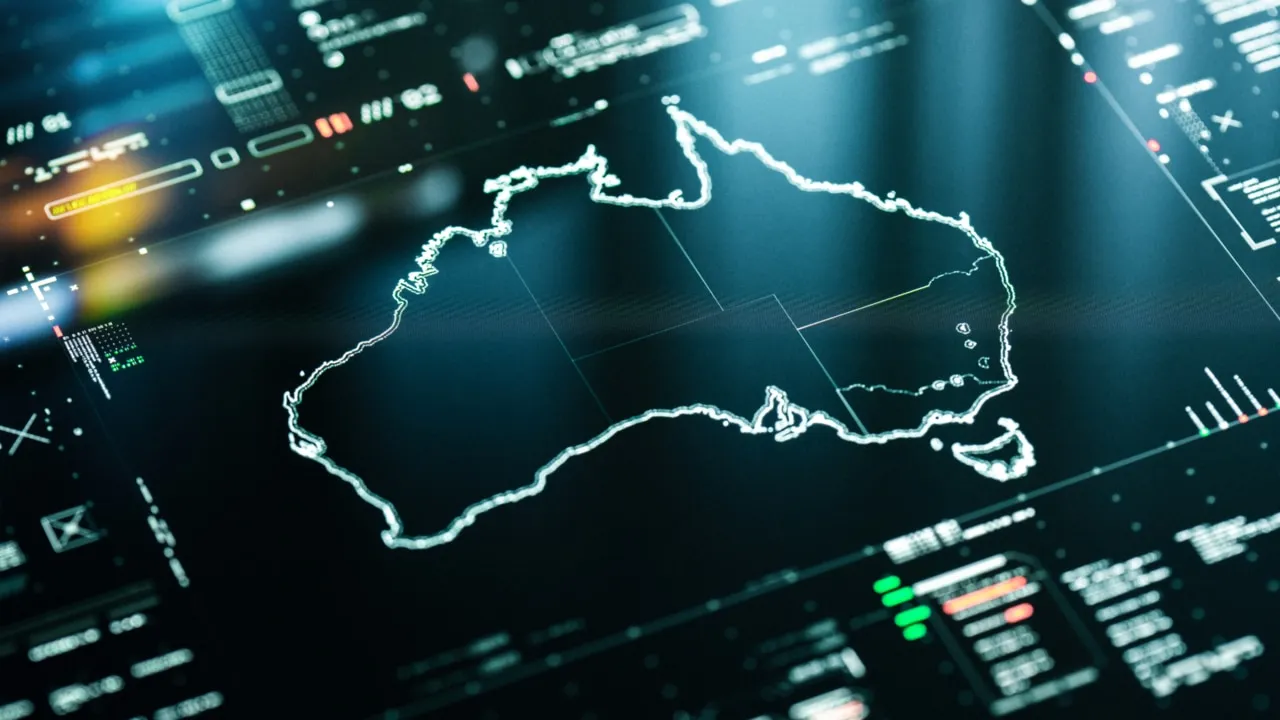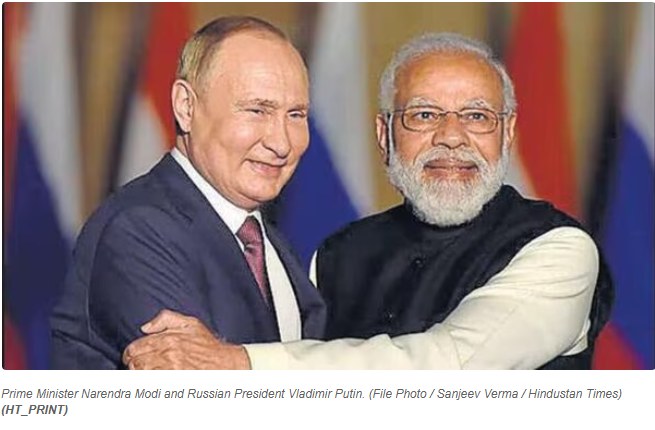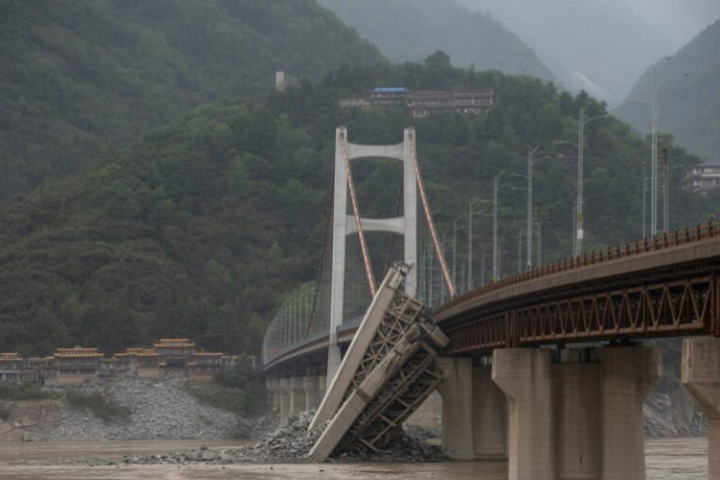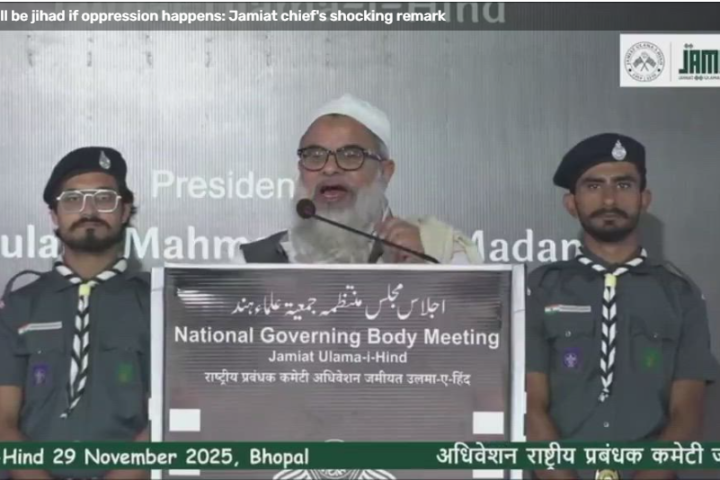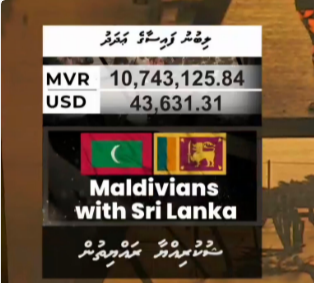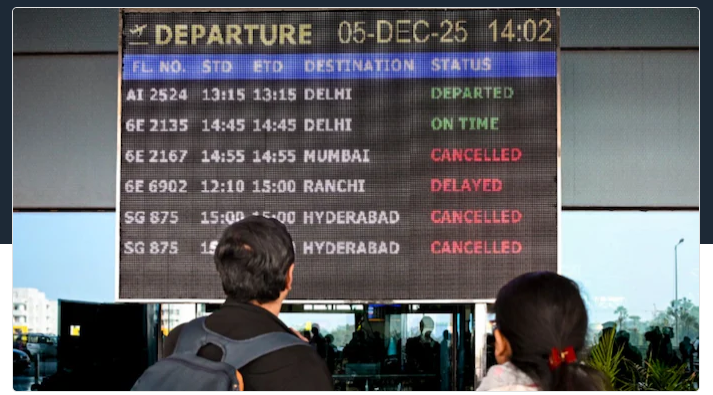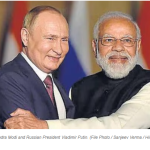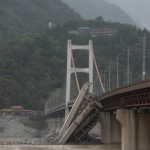SYDNEY, Australia — Australia’s recent $4.7 billion acquisition of advanced American missile systems has set the stage for what analysts fear could trigger a new arms race in the Asia-Pacific region, as China grapples with how to respond to what it sees as a direct challenge to its military dominance.
The deal, which includes SM-2 IIIC and SM-6 missile systems, comes as part of Australia’s newly minted National Defense Strategy, unveiled in April 2024. It represents one of the most significant military upgrades in recent Australian history and signals a deepening alliance with the United States in countering China’s expanding influence.
The missile acquisition coincides with ambitious U.S. military expansion plans across the Pacific. The Air Force has requested $400 million to upgrade facilities on Yap, a tiny island strategically located between Guam and Palau, highlighting America’s growing military footprint in the region.
Beijing has responded with sharp diplomatic protests, accusing the United States of “misguiding Canberra” and acting as a destabilizing force. Chinese officials, speaking on condition of anonymity because they were not authorized to discuss military matters publicly, indicated that China might accelerate the deployment of its own advanced missile systems along its southern borders.
The timing of Australia’s military upgrade is particularly sensitive for Beijing, which is already struggling with domestic economic challenges, including a property crisis and high youth unemployment. Despite these pressures, experts expect China to respond, though perhaps not immediately.
The tension between Australia and China isn’t new. Relations have been strained since Australia called for an investigation into the origins of COVID-19, leading to Chinese trade restrictions on Australian wine, coal, and barley. This missile deal, however, marks a significant escalation in their increasingly complex relationship.
Smaller nations in the region are watching closely. Taiwan, the Philippines, Japan, and South Korea and even India may feel compelled to boost their own defense capabilities, potentially creating a cascade effect of military modernization across the Asia-Pacific region.
As tensions simmer, the question remains whether diplomatic channels can prevent a full-scale arms race in a region already rife with territorial disputes and historical grievances. For now, all eyes are on Beijing’s next move in this high-stakes game of Pacific power politics.
